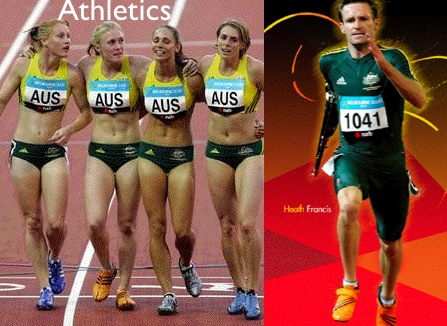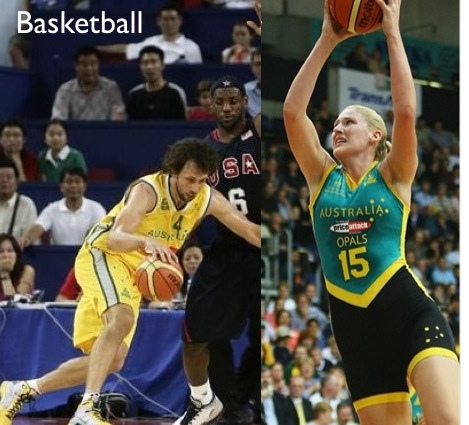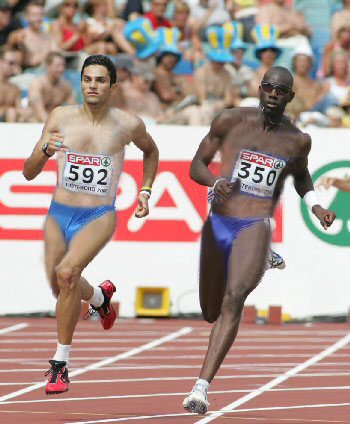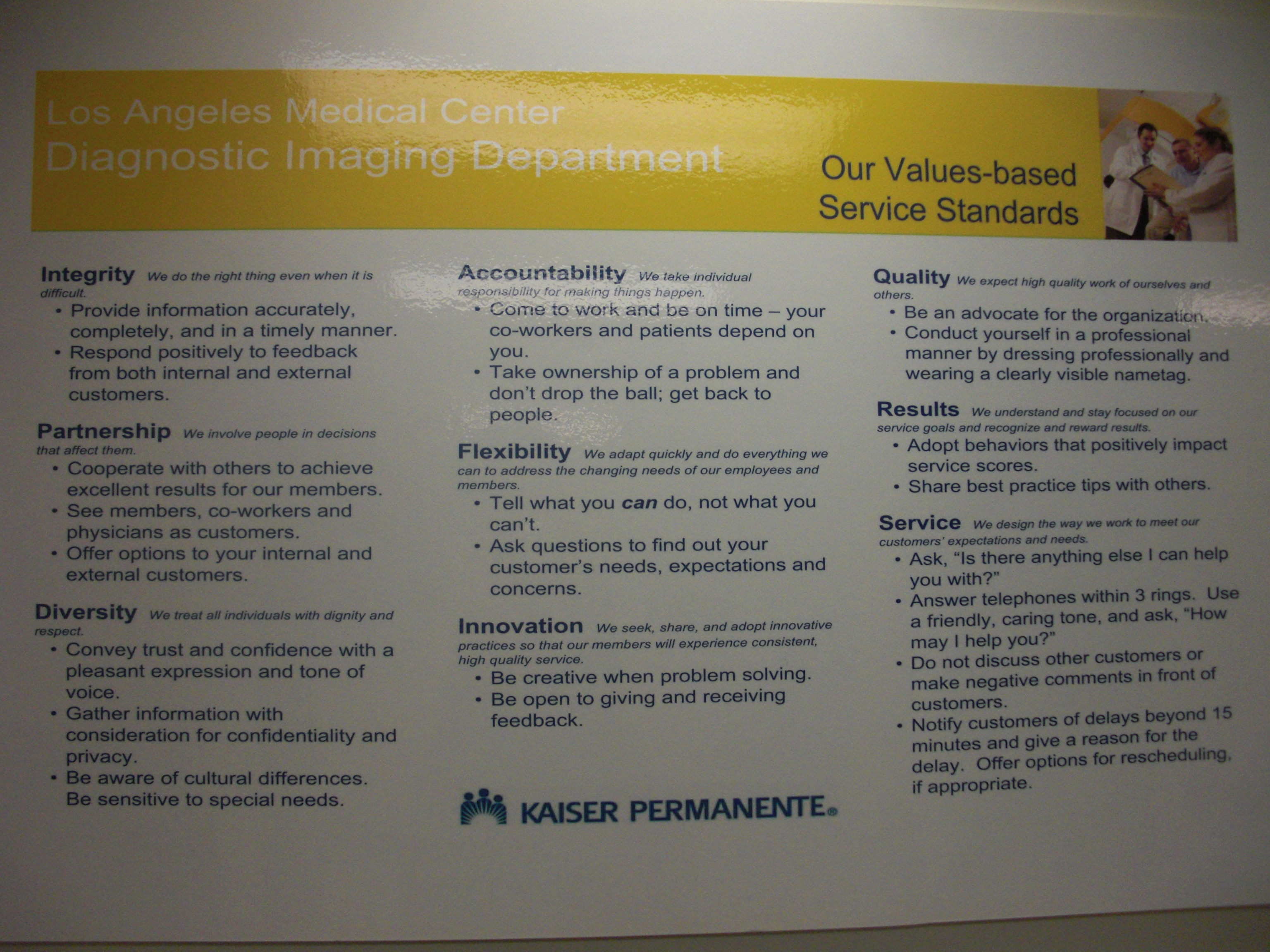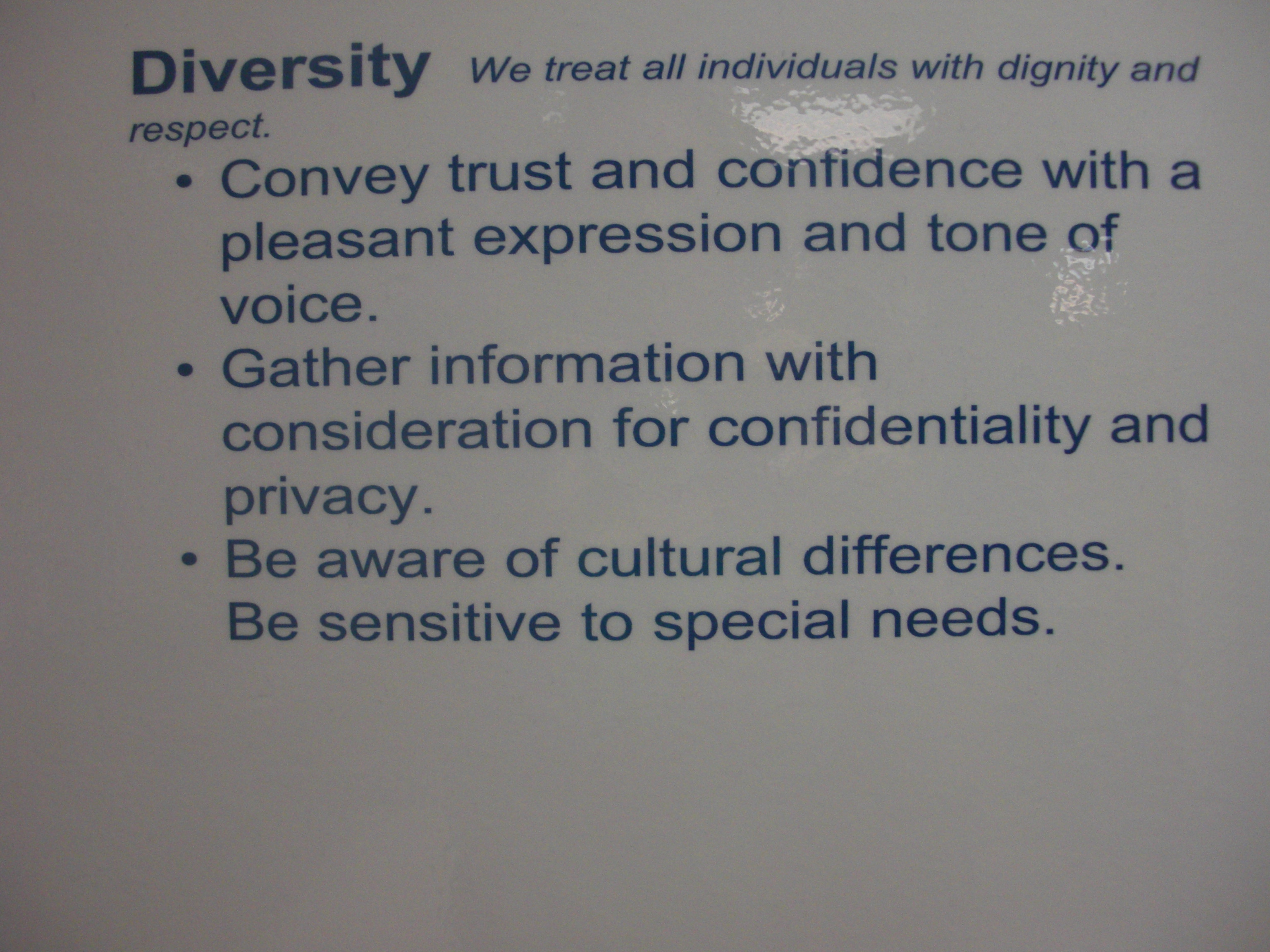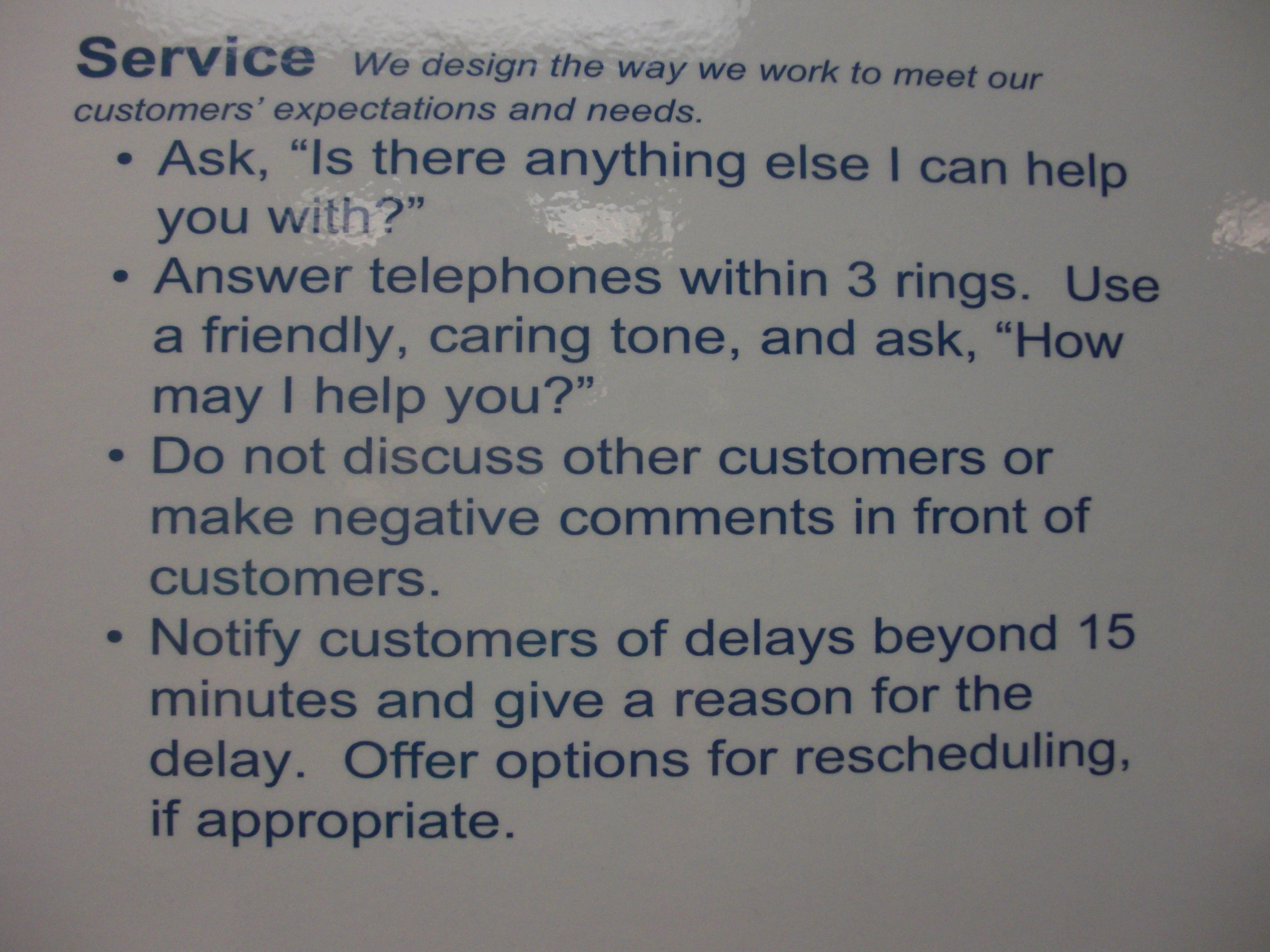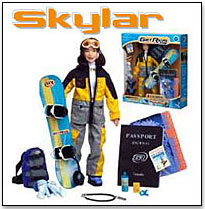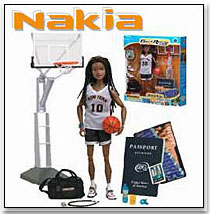Lauredhel at Hoyden About Town put up these nice images comparing Australian women’s and men’s athletic uniforms:
As tigtog mentions in another post, if these skimpy uniforms were really about performance, men would be wearing them too. But that, of course, would look ridiculous:
Tigtog also points out that this degree of sexualization is new. Here are pictures comparing the men’s and women’s runners uniforms at the 1984 Olympics:

